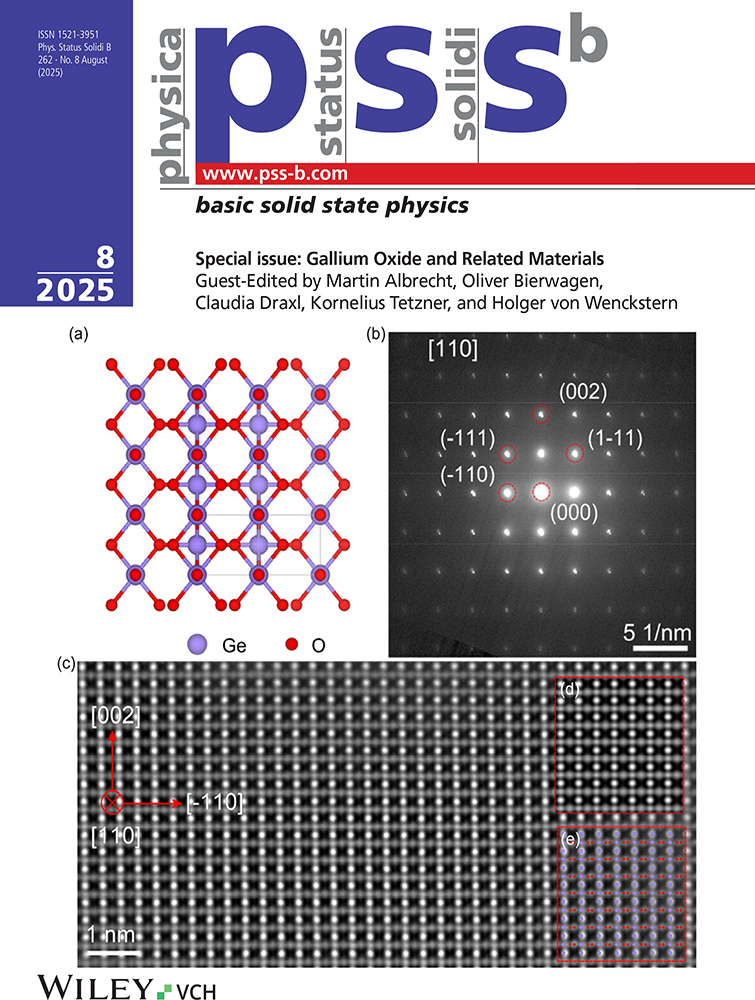Abstract
Nitrogen doped p-type ZnSe layers grown on GaAs by molecular beam epitaxy (MBE) are studied with regard to their electrical transport and trap properties. Gold, aluminium and indium dots are used as metal electrodes for the formation of Schottky contacts in order to measure the IV, CV and DLTS characteristics. A strong hole trap generation is observed after a vacuum annealing as well as due to a constant current stress. The concentration of a dominant hole trap with an activation energy of about 0.65 eV is drastically increased especially after a thermal treatment at temperatures higher than 500 K. Furthermore, as a result of annealing experiments the electrode materials are found to influence the rate of trap generation. A diffusion induced defect generation mechanism seems to be responsible for the observed increase of trap concentration and the related decrease of effective acceptor doping concentration.




